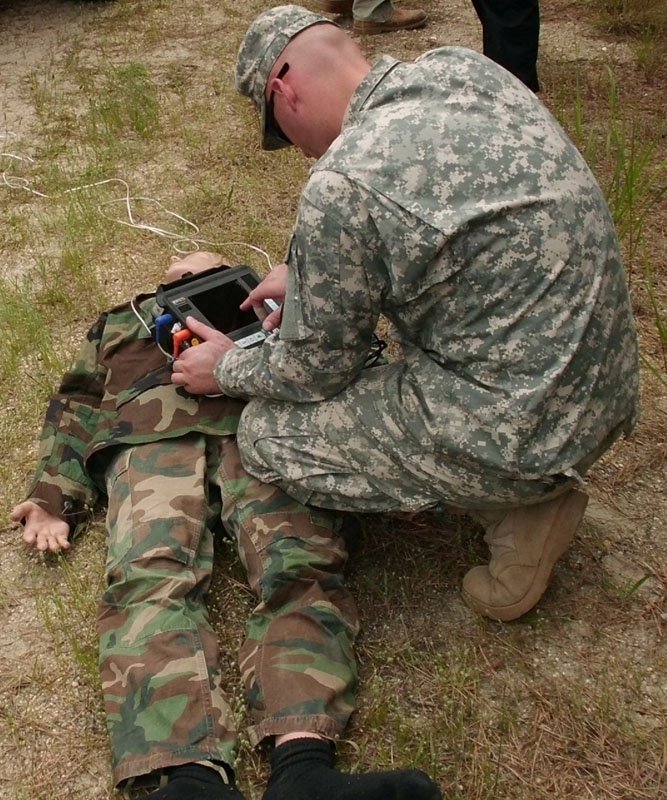The Joint Program Committee-1:
Solving Complex Healthcare Problems Using Technology

The Joint Program Committee-1, more commonly known as JPC-1, is the U.S. Army Medical Research and Materiel Command's newest research area directorate that was established in 2010.
The JPC-1 is responsible for programming research in two distinct areas: Medical Simulation & Training and Health Information Sciences. This committee works with the services and joint agencies to address gaps and requirements as indentified by the Military Health System.
The JPC-1 is tasked with planning, coordinating, and overseeing a tri-service science and technology program. The program is focused on improving military medical training through medical simulation, educational gaming, and objective training metrics as well as improving health information sciences through increased interoperability, strategic planning, process development, and medical applications.
The establishment of the JPC-1 has enabled a more collaborative process to identify and validate the research initiatives pertaining to the military, thereby allowing USAMRMC to better align its research and development efforts with the needs of the MHS. This program also assists in the identification of relevant emerging technologies, the assessment of technologies through a structured process, and the transition of technologies that are of value into the MHS.
The Medical Simulation & Training portfolio of the JPC-1 is focused primarily on the following research objectives: Combat Casualty Training, Medical Practice Initiative, Patient Focused Initiative, and Developer Tools for Medical Education. The Health Information Sciences division consists of the following focus areas: Force Health Protection and Readiness, Medical Resourcing, Healthcare Services, and Enterprise Infrastructure Management.
In the future, the JPC-1 seeks to increase patient safety and quality of care through simulation-based technologies and health informatics systems using theatre and garrison research initiatives that focus on the capability gaps within technologies.














